1. Introduction to Sodium Cyanide
Cubic crystal system, white crystalline particles or powder, easy to deliquesce, with a faint smell of bitter almonds. Highly toxic, contact with skin wounds, inhalation, and ingestion of trace amounts can cause poisoning and death. Chemical formula is NaCN, melting point 563.7℃, boiling point 1496℃. Easily soluble in water, easily hydrolyzed to form hydrogen cyanide, aqueous solution is strongly alkaline, an important basic chemical raw material, used in basic chemical synthesis, electroplating, metallurgy and organic synthesis medicine, pesticides and metal treatment. Complexing agent, masking agent.
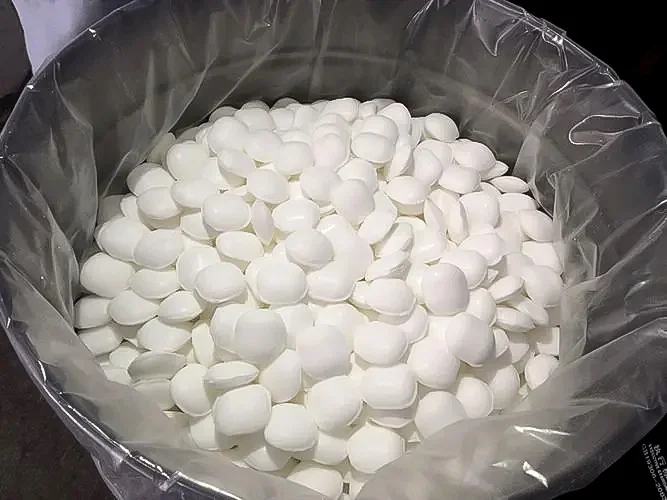
2. Physical properties
It is a cubic crystal system, white crystalline granules or powder, easily deliquescent, with a faint bitter almond odor. It is soluble in water, ammonia, ethanol and methanol.
3. Operation matters
Close tightly, provide adequate local exhaust and general ventilation. Mechanize and automate the operation as much as possible. Operators must be specially trained and strictly abide by the operating procedures. It is recommended that operators wear hood-type electric air supply filter dust respirators, one-piece rubberized anti-toxic clothing, and rubber gloves. Avoid generating dust. Avoid contact with oxidants and acids. Load and unload gently during transportation to prevent damage to packaging and containers. Equip with leakage emergency treatment equipment. Empty containers may contain harmful substances.
4. Health Hazards
Inhibits respiratory enzymes, causing intracellular asphyxiation. Inhalation, oral administration or percutaneous absorption can cause acute poisoning. Oral administration of 50-100 mg can cause sudden death. Non-sudden death is clinically divided into 4 stages: the prodromal stage has mucosal irritation, accelerated and deepened breathing, fatigue, and headache; oral administration has numbness of the tip of the tongue and mouth, etc. The dyspnea stage has dyspnea, increased blood pressure, and bright red skin and mucous membranes. Convulsion stage has convulsions, coma, and respiratory failure. Paralysis stage has whole body muscle relaxation, respiratory and heartbeat stop, and death. Long-term exposure to small amounts of cyanide can cause neurasthenia syndrome, eye and upper respiratory tract irritation. Can cause rash.
5. Emergency Response
Isolate the leaked contaminated area and restrict access. It is recommended that emergency response personnel wear dust masks (full-face masks) and anti-gas suits. Do not come into direct contact with the leaked material.
Small leakage: Avoid creating dust and collect the leak in a dry, clean container with a clean shovel.
Large-scale leakage: Cover with plastic sheet or canvas, and then collect for recycling or transport to a waste disposal site for disposal.
6. First aid measures
Skin contact: Take off contaminated clothing immediately and rinse thoroughly with running water or 5% sodium thiosulfate solution for at least 20 minutes. Seek medical attention.
Eye contact: Immediately lift the eyelids and rinse thoroughly with plenty of running water or saline for at least 15 minutes. Seek medical attention.
Inhalation: Leave the scene quickly to fresh air. Keep the airway open. If breathing is difficult, give oxygen. If breathing and heartbeat stop, immediately perform artificial respiration (do not use mouth-to-mouth) and external chest compression. Give inhaled amyl nitrite and seek medical attention.
Ingestion: Drink plenty of warm water and induce vomiting. Wash the stomach with 1:5000 potassium permanganate or 5% sodium thiosulfate solution. Seek medical attention.
7. Firefighting measures
Fire extinguishing method: This product is not flammable. In case of fire, try to rescue the product to prevent the packaging from being damaged and causing environmental pollution. Firefighters must wear gas masks and full-body fire suits and extinguish the fire in the upwind direction. Fire extinguishing agent: dry powder, sand and soil. It is forbidden to use carbon dioxide and acid-base fire extinguishing agents to extinguish fires.
8. Storage matters
Store in a cool, dry, well-ventilated warehouse. Keep away from fire and heat sources. The relative humidity in the warehouse should not exceed 80%. The package should be sealed. It should be stored separately from oxidants, acids, and edible chemicals, and should not be mixed. The storage area should be equipped with appropriate materials to contain leaks. The "five pairs" management system for extremely toxic substances should be strictly implemented.
9. Transportation Information
Packing method: Put into plastic bags, seal the bag mouth, and then put into a solid steel barrel with a thickness of not less than 0.75 mm. The barrel cover is tightly clamped. The net weight of each barrel is 50 kg; threaded glass bottles, iron-capped glass bottles, plastic bottles or metal
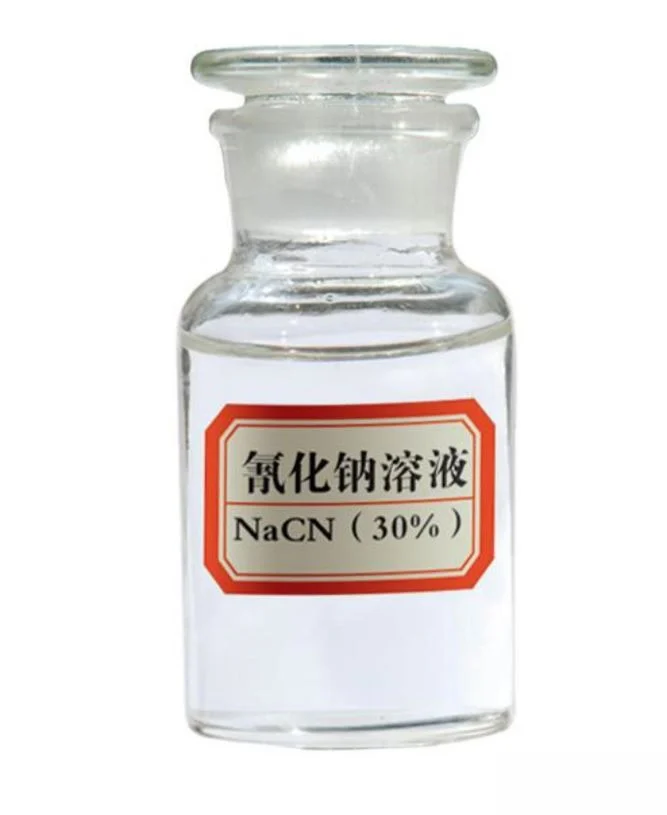
The above is some basic knowledge about Sodium cyanide. Please read it carefully if you need it.
- Random Content
- Hot content
- Hot review content
- Copper(II) sulfate pentahydrate 98% Grade
- Company product introduction
- Digital Electronic Detonator(Delay time 0~ 16000ms)
- Sodiumsulfite Technical Grade 96%-98%
- Sodium sulphate 99% Pharmacy Grade
- Sodium selenite,anhydrous 98%
- Ammonium Bisulfite 70% Solution
- 1Discounted Sodium Cyanide (CAS: 143-33-9) for Mining - High Quality & Competitive Pricing
- 2China's New Regulations on Sodium Cyanide Exports and Guidance for International Buyers
- 3Sodium Cyanide 98% CAS 143-33-9 gold dressing agent Essential for Mining and Chemical Industries
- 4International Cyanide(Sodium cyanide) Management Code - Gold Mine Acceptance Standards
- 5China factory Sulfuric Acid 98%
- 6Anhydrous Oxalic acid 99.6% Industrial Grade
- 7Oxalic acid for mining 99.6%
- 1Sodium Cyanide 98% CAS 143-33-9 gold dressing agent Essential for Mining and Chemical Industries
- 2High Quality 99% Purity of Cyanuric chloride ISO 9001:2005 REACH Verified Producer
- 3Zinc chloride ZnCl2 for High Molecular Weight Polymers Initiator
- 4High Purity · Stable Performance · Higher Recovery — sodium cyanide for modern gold leaching
- 5High Quality Sodium Ferrocyanide / Sodium Hexacyanoferr
- 6Gold Ore Dressing Agent Safe Gold Extracting Agent Replace Sodium Cyanide
- 7Sodium Cyanide 98%+ CAS 143-33-9


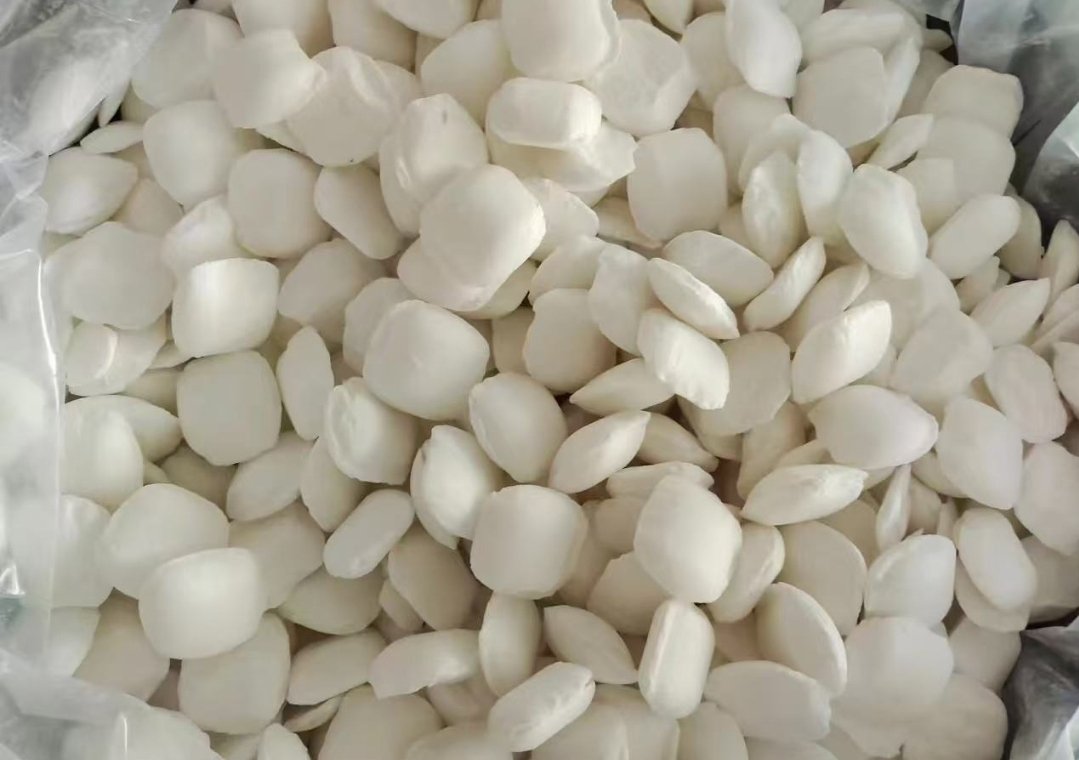
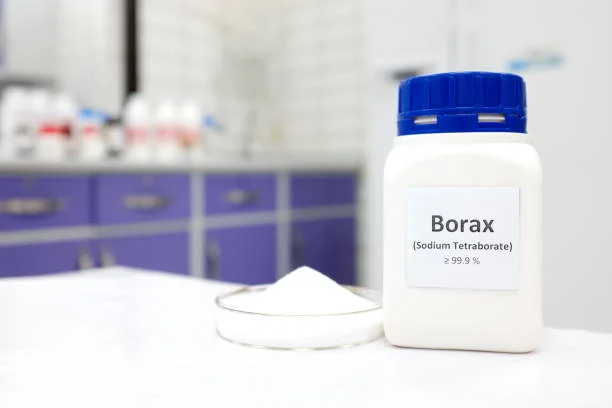
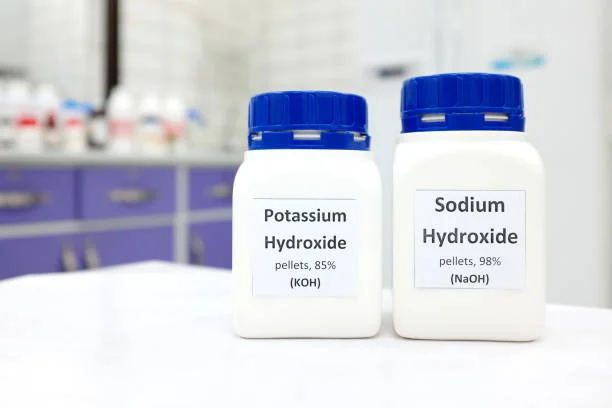
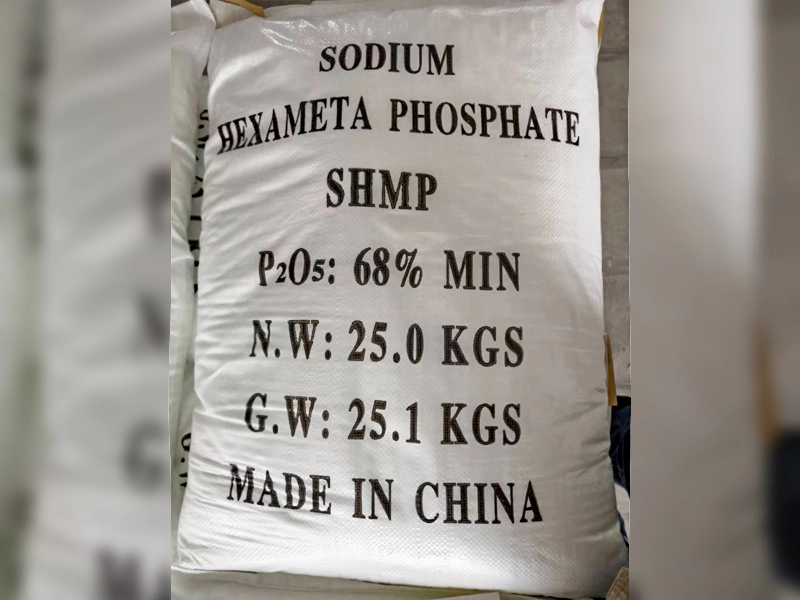


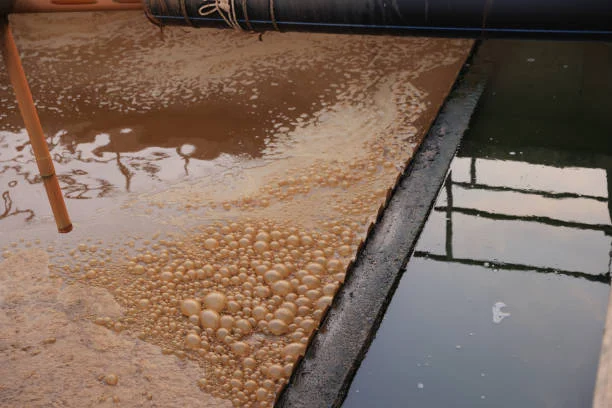


Online message consultation
Add comment: